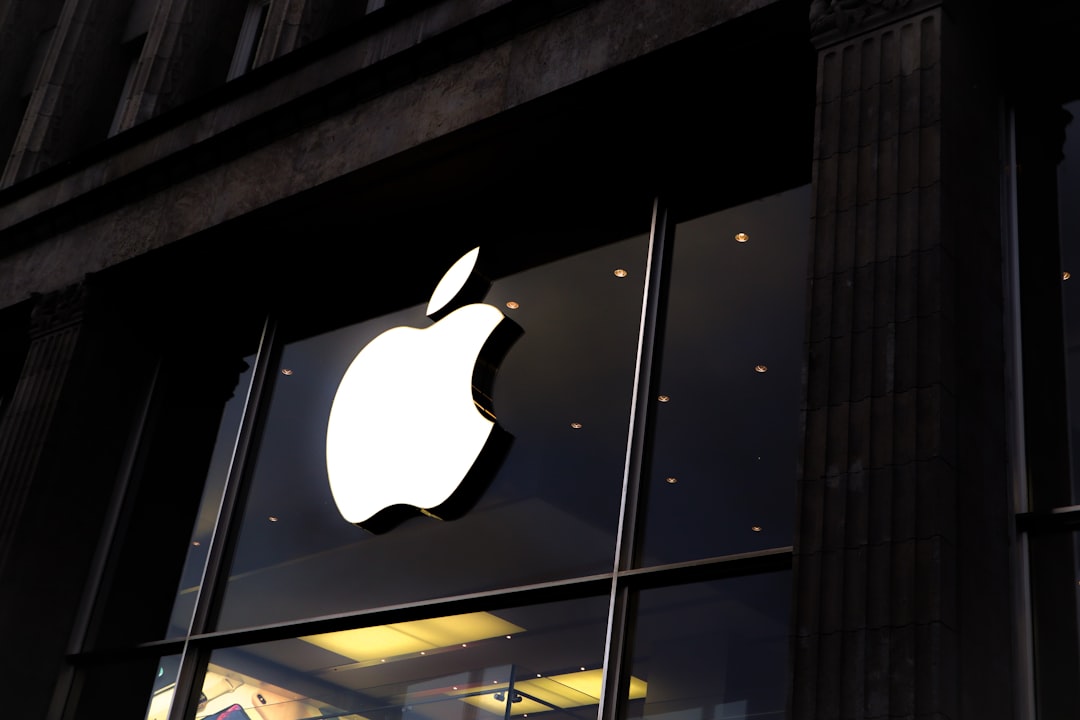Investors are constantly on the hunt for a new tip or trading strategy that can help them boost their returns. One surefire way to generate ongoing growth in a portfolio is with the help of a highly profitable company (or six!). The average investor owns between 20 and 25 individual company shares, and many traders opt to fill out this roster with only blue-chip brands that have a long history and proven track record in their fields.
This is a great option, and some of the most profitable companies offer both great growth factors for long-term capital appreciation and quality dividends for short-term momentum that can help underpin a highly mobile overall portfolio of assets. If you’re looking for a new trading strategy that can help you develop greater returns over the long term, the addition of a highly profitable company (perhaps in the large-cap or mega-cap category) offers a uniquely powerful approach to the market as a whole.
Keep reading for a more comprehensive understanding of great companies and high-quality profitability statistics that can help transform your portfolio for better positive momentum for the lifetime of your investment journey.
Apple is the largest company in the world.

Apple (NYSE:AAPL) is the largest corporation in the world and earns a trailing 12-month revenue (TTM revenue) of over $378 billion (with a market cap figure of $2.644 trillion). Investing in massive corporations like this is a great opportunity to bring stability to your holdings more broadly. While many people thought of big banks as “too large to fail” before the global housing market meltdown of 2008, the truth is that a brand like Apple is truly immune to virtually any market shock conceivable. When speaking of these massive companies, a seismic change in the way that humans interact with the world around them would have to occur to send Apple, Microsoft, or Google into obsolescence.
Communication technology is simply ingrained into the lives of billions of people, and this isn’t going to change without a life-altering series of events that (if possible) exist beyond the event horizon that we can see and imagine in the present moment. A great example of this staying power lives in the form of social media participation. More than 4 billion people across the world use social media platforms on a monthly basis (in other words, more than half the world’s population).
These users tune in to digital media using smartphones, tablets, and computer devices, which Apple remains a key player in the design and fabrication of. The brand (and others like it) has positioned itself across multiple segments of essential service and product developments that humans have integrated directly into the very fabric of modern life.
TotalEnergies is one of the seven “supermajor” oil companies.

Founded in 1924, TotalEnergies (often spoken of as simply “Total”) is a French multinational corporation that is involved in the extraction and global supply of oil, gas, and other energy solutions.
The brand is massive and operates in all corners of the globe. In the oil and gas sector, one key element that plays a huge role in the ongoing value of any brand is its position on renewable energy production. While governments across the world work toward greater environmental sustainability, non-renewable energy providers are transforming their operations to incorporate more and more solar, wind, and hydroelectric solutions that will continue to place them in the same core functionality bracket with consumers while ensuring their contribution to the environmental needs of our world.
Just like communications brands, energy is a necessity in today’s society. However, this shift is a major component in the future positioning of any outfit in the energy sector, and something worth looking into for an investor thinking of adding a new energy-focused brand to their holdings.
Consider these brands and corresponding elements for a great approach to the market.











